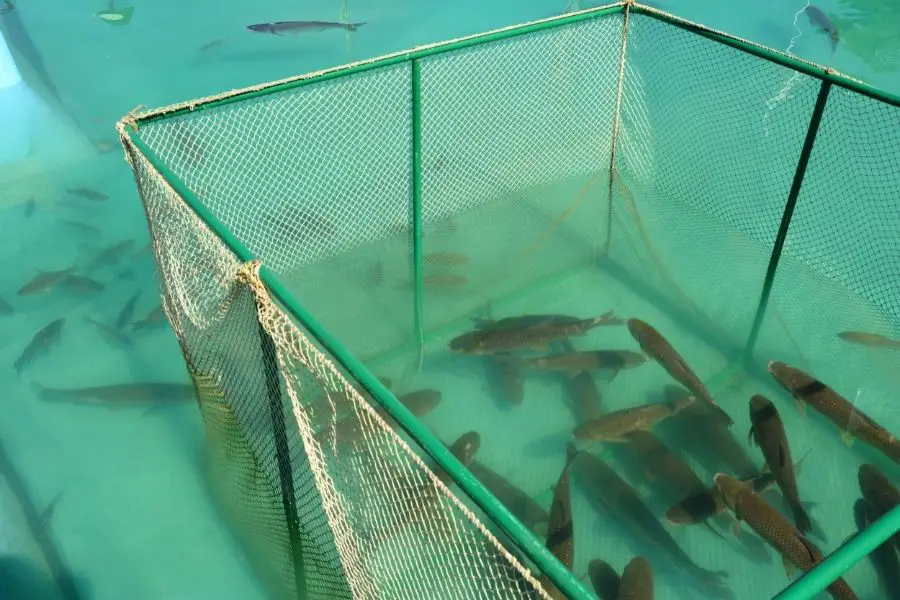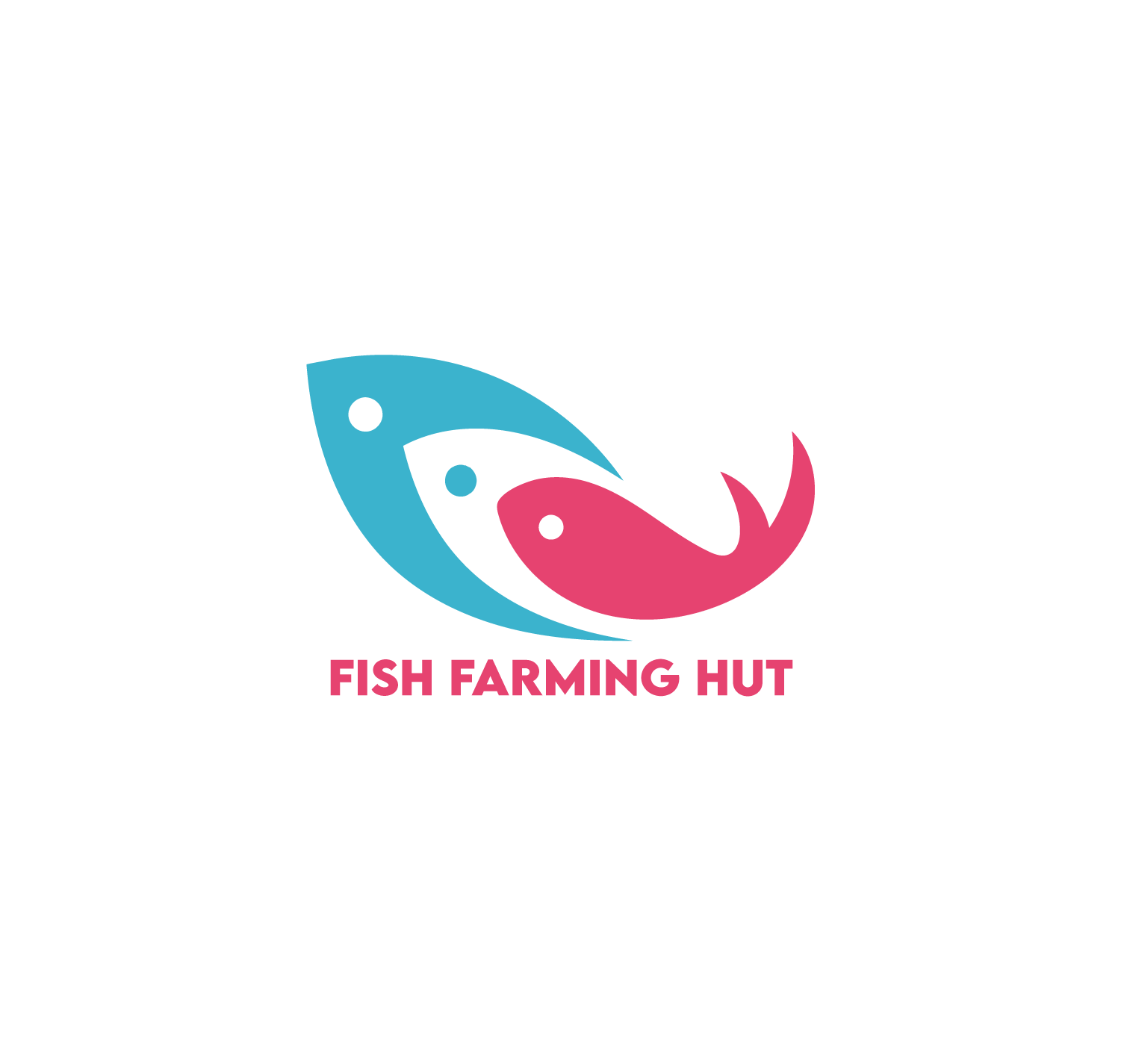Fish farming may seem like a much better alternative to fishing nowadays. Fishing mainly decreases fish population by removing species from their natural habitat for consumption or commercialization, reducing their chances of reproducing at a constant pace to account for the losses.
Fish farming was developed as a way to undermine the potentially-irreversible damages that could result from extensive fishing and the resulting depletion (or even extinction) of aquatic animals. This is done by creating a controlled environment for harvesting them and their consumable products.
However, as is the case with many other types of farming, some aquaculture systems are better than others, or, at least, they are in theory.
Without further ado, let's dive into them (no pun intended) to find out which aquaculture systems produce the best results with the least amount of harm:

Types Of Aquaculture Systems
Aquaculture systems are varied in their placement, harvesting system, environmental impact, and viability. These include:
Similarly, aquatic organisms that can be grown include (along with their respective typical farming methods):
- Fish: Grown mostly in ponds and integrated pond systems.
- Crustaceans: Raised in ponds, tanks, culture-based fisheries, and raceways.
- Mollusks: Using long-line systems, racks, rafts, and culture-based fisheries
- Seaweeds and macrophytes: In floating cultures and onshore ponds or tanks.
- Echinoderms, seahorses, and similar: Farmed in tanks, ponds, and culture-based fisheries.
Depending on the types of risks, aquaculture methods can be classified as high-risk and low-risk. This classification aims at describing their environmental impact and sustainability.
High-Risk Methods
These are initially cost-efficient systems (at least in the immediate short term), although with a higher probability of generating long-term problems to their surroundings and potential to affect the production line itself. In the final analysis, they end up creating what would be called a "vicious circle", progressively hindering your business in the interim.
The threats associated with using these methods may be weakened by integration with other subsystems. For example, utilize the wastewater or byproducts of your aquaculture activity for agricultural use. Another way is to implement recirculation techniques (more on this later), which could help decrease any hint of ecological impact while also offering resources to enhance yield in other areas.
Here are few examples of high-risk systems:
Open-net Pens and Cages
These are installed offshore in freshwater lakes and coastal areas. With this system, nets or hard mesh enclosures collect the fish in isolated environments within the natural water bodies. Salmon is usually farmed in this manner.
One of the main advantages of these systems is that they receive water "naturally" from the ocean or lake currents, along with a continuous supply of oxygen and a natural means of waste disposal. This could save the fish farmer or breeder the trouble and expenses of installing artificial recycling and recirculating systems.
However, the high concentration of waste products that are ultimately sedimented in the sea bed will eventually change the latter's essential chemical properties, affecting the animals and plants around the pen, with serious consequences.
This is a major concern.
While your pen does benefit from the surrounding waters, the surrounding waters do not benefit from your pen and will be negatively impacted by the farming activity, leading, in many cases, to the spread of diseases within the cages and pen, as well as within the natural ecosystem surrounding these housings. That is why these types of farms are deemed unsustainable in the longer term.
Conventional Ponds
Conventional ponds are bodies of water that are enclosed completely or partially. Sometimes, these ponds are naturally occurring or artificially formed and are utilized for farming shrimp and catfish for the most part.
For example, shrimp ponds are generally set up near the sea, sometimes on the very seashore. The fish farmer diverts water from the ocean to fill the ponds through ducts or other similar means.
The viability of manmade ponds in areas with water shortages is, naturally, very limited. Under these circumstances, rainfed ponds are encouraged, but they may take naturally a longer time to develop and form than ponds fed by other water sources.
Naturally, efficient water filtration and recycling mechanisms will be needed as ponds inhabit a significant number of animals to reduce the risk of disease and damage to the surrounding water bodies, including animals and plants. In the case above of shrimp farms, water outlet channels are often added to release the solid wastes and organic byproducts back into the sea.
Within the scope of this model, the waste products ought to initially contribute to the ecosystem due to the number of nutrients and organic loads that encourage the growth of other sea organisms. However, in large quantities, the water quality of the natural source may decrease considerably, leading to a decrease in the production quality. This is the main reason that the system is deemed as high-risk.
For this purpose, effluent treatment should be a priority for every pond owner in order to reduce the amount of organic matter and waste products that enter the natural habitats.
In simple terms, water effluent refers to the outflow of wastewater towards a natural body of water, usually through something similar to sewage pipes.
This last thought will give us entry into the low-risk territory.
Low-Risk Methods
Low-risk closed systems could incur some additional costs, but these investments should profit you in the long term as they aim at reducing harmful interactions with the environment and at discouraging fish escape, meanwhile granting more value to your production.
Let's find out more about these systems.
Recirculating Systems
We have already talked about some examples of high-risk methods, including the pond system. Regardless, a pond system could transition from high-risk to low-risk by simply implementing waste disposal treatment mechanisms to guarantee water recirculation, eventually reducing wastewater output.
It bears repeating that these can be quite costly but good (and sometimes necessary) investments to ensure long-term success.
Below are the most common examples of water effluent treatment techniques:
Settling Pond
A settling pond takes first place on the list. It is a reservoir that receives the discharged wastewater through a channel. The water settles for a period, granting some time for trapping the solid wastes before the water is finally released through the outlet channel. Barriers should be placed to disallow fish from leaving the premises.
Bioremediation
Bioremediation techniques use "good" bacteria or probiotics to "gobble up" on the organic wastes, decomposing them in the water and thus, reducing the organic load that finally ends up in the natural water source.
Siphoning
Biofloc System
The addition of molasses and other external carbon sources will trigger the growth of microbial communities (called a "biofloc system") that will reduce the need for water exchange by maintaining a healthy carbon-to-nitrogen (C/N) ratio. This method works better in outdoor ponds that have low rainfall exposure.
Raceways
Also called "flow-through system", these raceways are tanks or concrete canals in which relatively shallow water is maintained at a consistently high flow from a natural stream of fresh water. The water supply for raceways ordinarily consists of river streams, deep wells, reservoirs, and springs.
Raceways are ideal for trout, tilapia, and catfish raising. Some species of salmon are also raised in raceways during their maturation period.
The constant water flow ensures optimal oxygen levels for the fish reliably. The incoming flow helps replenish the water used as the streams reach the outlet. The wastes are flushed out instead of retained and recirculated.
One of the main drawbacks of the flow-through systems is that the fish feed must be provided almost exclusively by external means. There is no natural food generated or cultivated in it because of its distinctive characteristics.
Partitioned Aquaculture Systems (or PAS)
Using Partitioned Aquaculture Systems (or PAS) could offer effective recirculation for waste disposal, as well as convenient feeding solutions. Most of the modern PAS rely on automated mechanisms that aerate separate basins using a paddlewheel mixer that rotates at varying speeds for oxygen control.
The main basin or canal is used for culturing the target product (the fish), while the others are destined for algae, algae-consuming organisms, filter-feeding fishes responsible for ammonia reduction and oxygenation inside the system (in the case of higher-yielding farms), and disposal of solid organic wastes.
These PAS are highly complex and require thorough maintenance checks to ensure that sensors and paddlewheels are in sync and are properly calibrated. One major flaw of these systems is that one minor malfunction or power outage could disrupt the production line for a relatively long period, resulting in substantial losses.
Suspended Culture
Oysters and other shellfish dwelling beyond intertidal zones or the deep ocean waters are favorably grown using this method. It consists of lantern nets or trays suspended from the water surface that contain several cultures of these animals, allowing them to feed continuously from the tides. Additionally, certain filter feeders are grown through this method.
The flotation system is usually supported by buoys and rafts. They rise and fall with the tide, allowing the shellfish to feed on whatever is carried by the waves. They tend to grow a lot faster than shellfish cultured in the beach or intertidal zones, and the hanging meshed housings keep them safeguarded from their natural predators and various fouling organisms that dwell on the bottom of the water, such as hydroids and tube worms.
Shellfish produced through this method are likely to be of the best quality, as they're endowed with crusty thin shells and soft adductor muscles for easier shucking.
This practice is generally low-risk, provided that there is sufficient water flow to elude any chance of waste buildup, and the species is native to the farming area.
Which System Is The Best For Fish Farming?
There is no one-size-fits-all answer to this question since species thrive under very different contexts from one another. No two animals are exactly equal or have the exact same demands.
However, we would encourage beginners and farming enthusiasts to opt for low-risk systems. Similarly, it is advisable to choose a method that can easily comply with environmental safety regulations locally and internationally.
The systems classified as "low-risk" should be the best choice for any fish farmer or aquaculturist. These aquaculture systems should be capable of providing a sustainable production rate with a rewarding quality within an eco-friendly framework.
As far as high-risk activities go, they would probably work on small-scale farms. Unlike big fisheries, small fish farms would not generate enough concentrations of waste material to raise an environmental concern or lowered production quality.
Also, you should consider that the broodstock (or the pairs caught for raising) are equally affected by the water conditions where they're raised. Whether you grow them in offshore pens or ponds, they use roughly the same water source that receives the byproducts from your farming activity.
Recirculating systems, PAS, or raceways could improve waste management and aid in preserving your water quality, which will enhance your production standards, especially if you aim for a large-scale operation. However, the system you choose will also depend on the species you prefer to grow, for each one is designed to cater to specific farming requirements.
Also, depending on the geographical area, you may take advantage of various natural occurrences that could translate them into opportunities for aquaculture. For example, the use of water from flood-prone regions (like Bangladesh) or the presence of surface saline water, which is not fit for consumption or irrigation.
Conclusion
We hope that now you have a better understanding of the most common aquaculture systems found in the fish farming business, including the water-based, land-based, recirculating, and integrated approaches. We also attempt to give an account as to why low-risk closed aquaculture systems (such as recirculation, raceways, PAS, or suspended aquaculture) are preferred over open offshore cage culture and conventional pond systems. Finally, the systems should be selected wisely, considering their impact on aquatic life and the overall environment.
Sources:
